The eastern Ladakh border issue has significantly strained ties between India and China.
As part of 'Project Zorawar,' the Indian Army plans to acquire a number of light tanks for use in high-altitude regions of eastern Ladakh, therefore increasing its total firepower and operational capabilities to cope with any eventuality. The border dispute in eastern Ladakh has severely strained relations between India and China, and the intention to deploy the light tanks comes at a time when that tension is at a peak.
Also, READ: ‘Operation Lotus has become Operation keechad’: Kejriwal govt to bring confidence motion in Assembly
Those familiar with the matter in the defence and security sector say the ministry of defence is expected to grant the project's first approval, known as an Acceptance of Necessity (AoN), sometime next month.
The sources claimed the light tanks are being purchased to guarantee speedy deployment and increase the agility of the military since the "danger" along the northern frontiers is anticipated to stay in the "foreseeable future." The firepower of the new tanks will be comparable to that of the existing ones.
According to the sources, it became apparent that a "gap" existed when it came to using current tanks in such environments, and that a "lighter tank" was required.
Recent events along northern borders have highlighted the significance of armour equipment profile in determining the operational capacity of ground troops.
The sources claim that the enemies have brought in a huge number of "technologically advanced, state-of-the-art tanks," as well as a combination of medium and light tanks with high power to weight ratios.
This "increased threat" on the northern borders is likely to remain "a threat in the foreseeable future", the sources said, adding capability development takes time.
"Our current tanks are doing a good job and last time we had taken a number of steps to enhance their sustainability through various means," a source said.
However, in higher altitude areas, a gap was found, and so "we needed a lighter tank, which is equally capable as the existing ones," the source said.
These tanks to be procured under 'Project Zorawar' -- named after legendary Zorawar Singh, a military general who served under Raja Gulab Singh of Jammu -- will have equal firepower as the current ones.
They said missile-firing capability, counter-drone apparatus, warning system and a power-to-weight ratio will make the tanks "very agile".
They said the light tanks will help the Army overcome the limitations of medium battle tanks and equip the force for all contingencies in high altitude area, marginal terrain and island territories besides its utilisation in the plains, semi-deserts and deserts.
The "adversity" which the world supply chain has experienced in the defence related component due to the Russia-Ukraine war has impacted both manufacturing and sustenance of the foreign fleet of tanks that India is presently holding, the sources said.
They said it is essential to design and develop light tanks indigenously for the Indian Army.
It is also being examined if they can be made amphibious so it can be deployed even in the Pangong Tso in eastern Ladakh, the source said.
The biggest advantage of light tanks is that they are "air portable" and thus in consonance with the strategic lift capability from Leh in eastern Ladakh, he said.
The Army has the experience of successfully employing light tanks as force multipliers in various battle engagements in the past.
They include the deployment of Stuart Tanks of 254 Indian Tank Brigade in the Battle of Kohima in World War II, at Naushera, Jhangar, Rajauri and most successfully at Zojila during the Indo-Pak war in 1947-48.
The AMX-13 tanks were deployed at Chushul and Bomdila in 1962, AMX-13 tanks were stationed at Chammb in 1965 and the amphibious PT-76 light tanks in 1971 with the PT-76 tanks leading the race to Dhaka.
The Army had to induct a considerable number of T-72 and T-90 tanks in operational areas, gaining tactical surprise over the adversary and thereby forcing the adversary on a back foot.
However, these tanks were primarily designed for operations in plains and desert terrains and they have their own limitations when employed in high altitude areas, the sources said.
"They face a similar handicap when employed in marginal terrain of Rann of Kutch," one of them added.
Current threat scenario that contours of the likely future wars have thrown up "new challenges" for which the Indian Army has to be prepared.
The equipment profile of tanks in the Indian Army must have the "versatility and flexibility" of medium and light platforms.
Armoured Fighting Vehicle-Indian Light Tank (AFV-ILT) offering capability for multiple employment options along with niche technologies is therefore an "operational imperative", they said.
![submenu-img]() Viral video: Python escapes unscathed after fierce assault by aggressive mongoose gang, watch
Viral video: Python escapes unscathed after fierce assault by aggressive mongoose gang, watch![submenu-img]() Google banned over 2200000 apps from Play Store, removed 333000 bad accounts for…
Google banned over 2200000 apps from Play Store, removed 333000 bad accounts for…![submenu-img]() Once one of Bollywood's top heroines, this actress was slammed for kissing King Charles, ran from home, now she...
Once one of Bollywood's top heroines, this actress was slammed for kissing King Charles, ran from home, now she...![submenu-img]() Manipur Police personnel drove 2 Kuki women to mob that paraded them naked: CBI charge sheet
Manipur Police personnel drove 2 Kuki women to mob that paraded them naked: CBI charge sheet ![submenu-img]() Makarand Deshpande reveals reason behind Monkey Man’s delayed India release: ‘I feel because of…’
Makarand Deshpande reveals reason behind Monkey Man’s delayed India release: ‘I feel because of…’![submenu-img]() DNA Verified: Is CAA an anti-Muslim law? Centre terms news report as 'misleading'
DNA Verified: Is CAA an anti-Muslim law? Centre terms news report as 'misleading'![submenu-img]() DNA Verified: Lok Sabha Elections 2024 to be held on April 19? Know truth behind viral message
DNA Verified: Lok Sabha Elections 2024 to be held on April 19? Know truth behind viral message![submenu-img]() DNA Verified: Modi govt giving students free laptops under 'One Student One Laptop' scheme? Know truth here
DNA Verified: Modi govt giving students free laptops under 'One Student One Laptop' scheme? Know truth here![submenu-img]() DNA Verified: Shah Rukh Khan denies reports of his role in release of India's naval officers from Qatar
DNA Verified: Shah Rukh Khan denies reports of his role in release of India's naval officers from Qatar![submenu-img]() DNA Verified: Is govt providing Rs 1.6 lakh benefit to girls under PM Ladli Laxmi Yojana? Know truth
DNA Verified: Is govt providing Rs 1.6 lakh benefit to girls under PM Ladli Laxmi Yojana? Know truth![submenu-img]() Remember Heyy Babyy's cute 'Angel' Juanna Sanghvi? 20 year-old looks unrecognisable now, fans say 'her comeback will...'
Remember Heyy Babyy's cute 'Angel' Juanna Sanghvi? 20 year-old looks unrecognisable now, fans say 'her comeback will...'![submenu-img]() In pics: Arti Singh stuns in red lehenga as she ties the knot with beau Dipak Chauhan in dreamy wedding
In pics: Arti Singh stuns in red lehenga as she ties the knot with beau Dipak Chauhan in dreamy wedding![submenu-img]() Actors who died due to cosmetic surgeries
Actors who died due to cosmetic surgeries![submenu-img]() See inside pics: Malayalam star Aparna Das' dreamy wedding with Manjummel Boys actor Deepak Parambol
See inside pics: Malayalam star Aparna Das' dreamy wedding with Manjummel Boys actor Deepak Parambol ![submenu-img]() In pics: Salman Khan, Alia Bhatt, Rekha, Neetu Kapoor attend grand premiere of Sanjay Leela Bhansali's Heeramandi
In pics: Salman Khan, Alia Bhatt, Rekha, Neetu Kapoor attend grand premiere of Sanjay Leela Bhansali's Heeramandi![submenu-img]() DNA Explainer: Why Harvey Weinstein's rape conviction was overturned, will beleaguered Hollywood mogul get out of jail?
DNA Explainer: Why Harvey Weinstein's rape conviction was overturned, will beleaguered Hollywood mogul get out of jail?![submenu-img]() What is inheritance tax?
What is inheritance tax?![submenu-img]() DNA Explainer: What is cloud seeding which is blamed for wreaking havoc in Dubai?
DNA Explainer: What is cloud seeding which is blamed for wreaking havoc in Dubai?![submenu-img]() DNA Explainer: What is Israel's Arrow-3 defence system used to intercept Iran's missile attack?
DNA Explainer: What is Israel's Arrow-3 defence system used to intercept Iran's missile attack?![submenu-img]() DNA Explainer: How Iranian projectiles failed to breach iron-clad Israeli air defence
DNA Explainer: How Iranian projectiles failed to breach iron-clad Israeli air defence![submenu-img]() Once one of Bollywood's top heroines, this actress was slammed for kissing King Charles, ran from home, now she...
Once one of Bollywood's top heroines, this actress was slammed for kissing King Charles, ran from home, now she...![submenu-img]() Makarand Deshpande reveals reason behind Monkey Man’s delayed India release: ‘I feel because of…’
Makarand Deshpande reveals reason behind Monkey Man’s delayed India release: ‘I feel because of…’![submenu-img]() Meet actor, beaten up in school, failed police entrance exam, lived in garage, worked as driver, now worth Rs 650 crore
Meet actor, beaten up in school, failed police entrance exam, lived in garage, worked as driver, now worth Rs 650 crore![submenu-img]() Harman Baweja and wife Sasha Ramchandani blessed with a baby girl: Report
Harman Baweja and wife Sasha Ramchandani blessed with a baby girl: Report![submenu-img]() Parineeti Chopra says she didn't even know if Raghav Chadha was married, had children when she decided to marry him
Parineeti Chopra says she didn't even know if Raghav Chadha was married, had children when she decided to marry him![submenu-img]() IPL 2024: Marcus Stoinis, Mohsin Khan power Lucknow Super Giants to 4-wicket win over Mumbai Indians
IPL 2024: Marcus Stoinis, Mohsin Khan power Lucknow Super Giants to 4-wicket win over Mumbai Indians![submenu-img]() 'Horrifying, hope he keeps...': KKR co-owner Shahrukh Khan on Rishabh Pant's life-threatening car accident
'Horrifying, hope he keeps...': KKR co-owner Shahrukh Khan on Rishabh Pant's life-threatening car accident![submenu-img]() CSK vs PBKS, IPL 2024: Predicted playing XI, live streaming details, weather and pitch report
CSK vs PBKS, IPL 2024: Predicted playing XI, live streaming details, weather and pitch report![submenu-img]() CSK vs PBKS IPL 2024 Dream11 prediction: Fantasy cricket tips for Chennai Super Kings vs Punjab Kings
CSK vs PBKS IPL 2024 Dream11 prediction: Fantasy cricket tips for Chennai Super Kings vs Punjab Kings![submenu-img]() KKR's Harshit Rana fined 100 per cent of his match fees, handed 1-match ban for....
KKR's Harshit Rana fined 100 per cent of his match fees, handed 1-match ban for....![submenu-img]() Viral video: Python escapes unscathed after fierce assault by aggressive mongoose gang, watch
Viral video: Python escapes unscathed after fierce assault by aggressive mongoose gang, watch![submenu-img]() Where is the East India Company, which ruled India for 200 years, now?
Where is the East India Company, which ruled India for 200 years, now?![submenu-img]() Russian woman alleges Delhi airport official wrote his phone number on her ticket, video goes viral
Russian woman alleges Delhi airport official wrote his phone number on her ticket, video goes viral![submenu-img]() Viral video: School teachers build artificial pool in classroom for students, internet loves it
Viral video: School teachers build artificial pool in classroom for students, internet loves it![submenu-img]() Viral video: Wife and 11-year-old son of Bengaluru businessman become Jain monks, details inside
Viral video: Wife and 11-year-old son of Bengaluru businessman become Jain monks, details inside
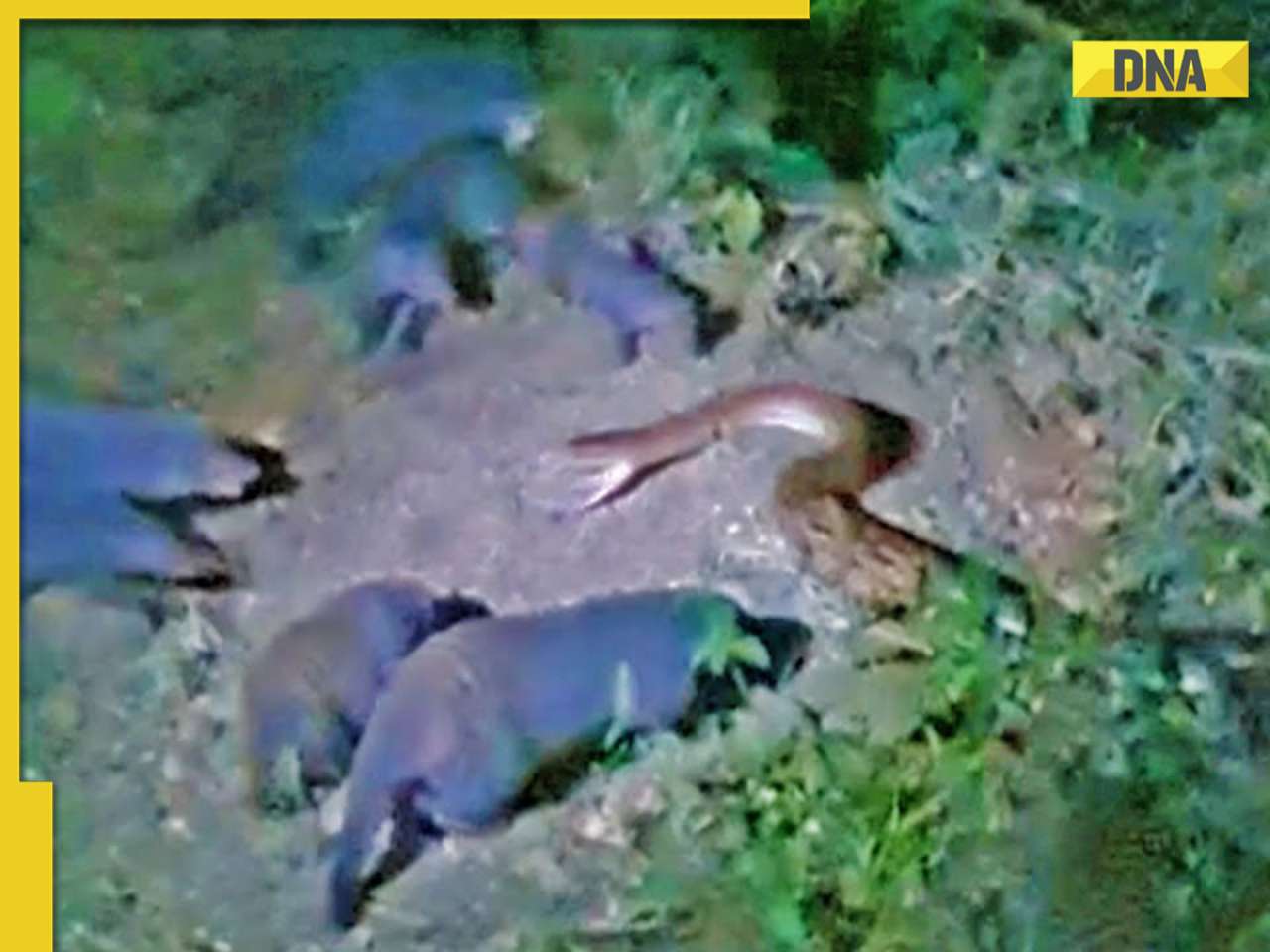

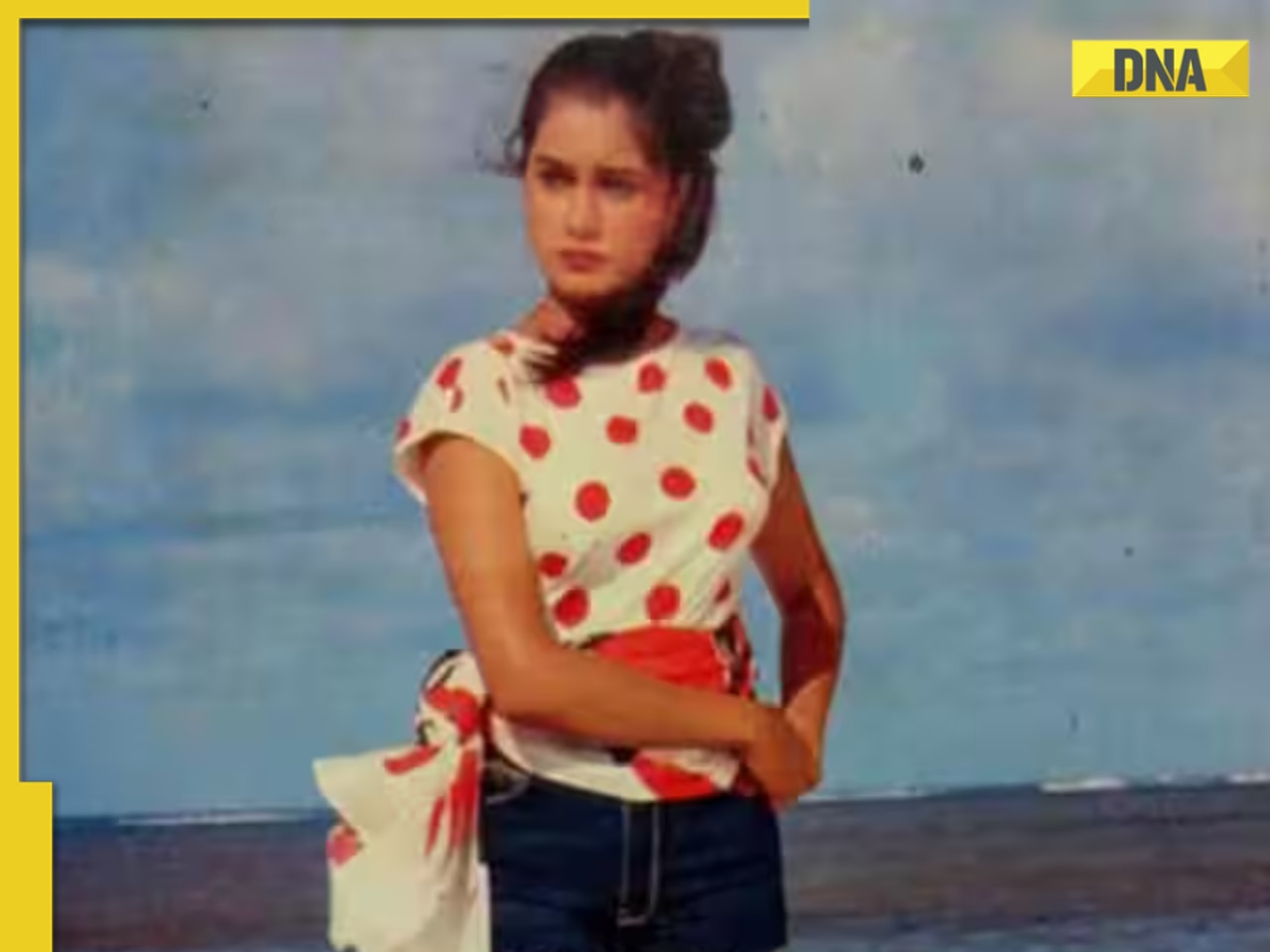
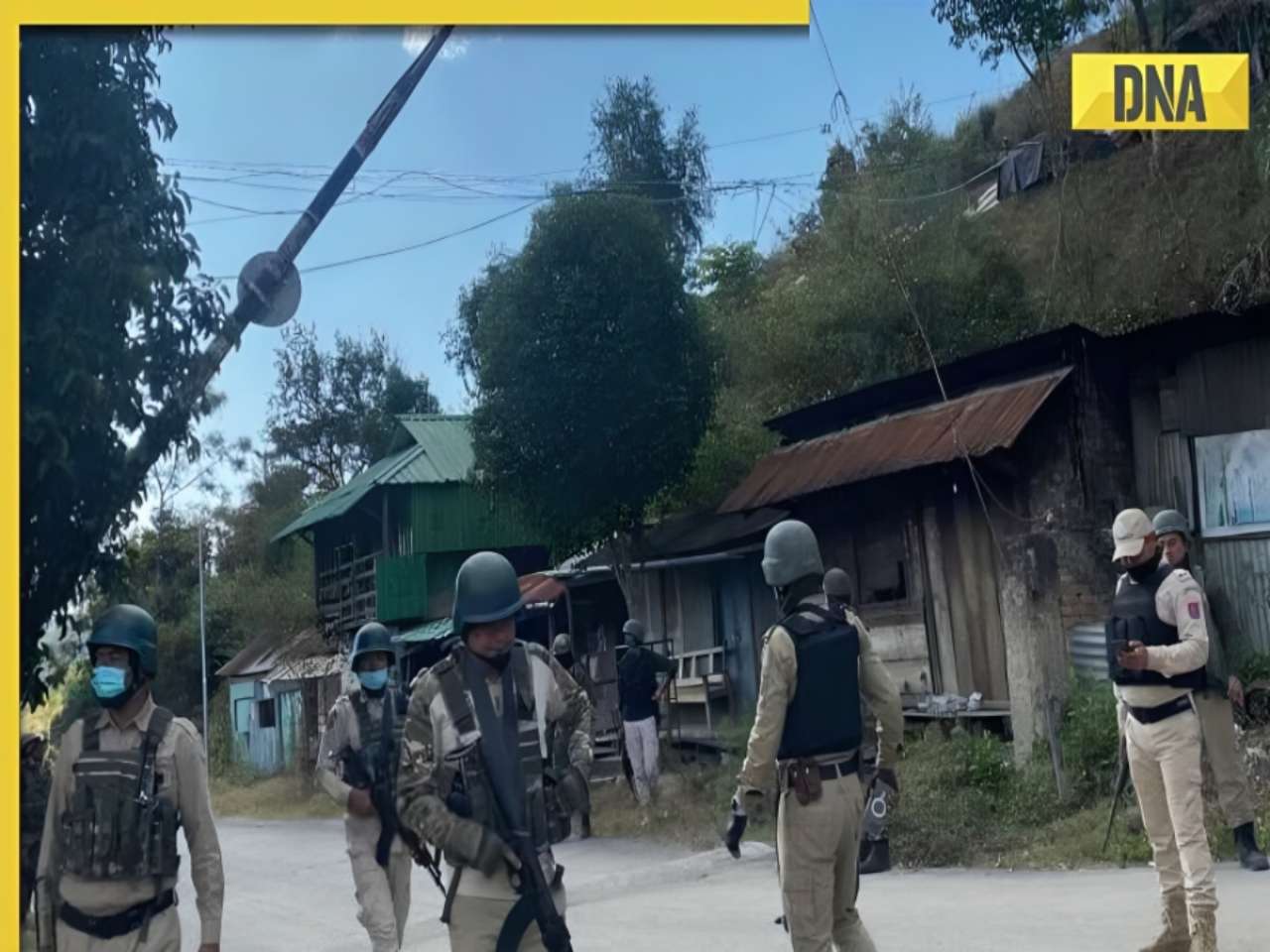






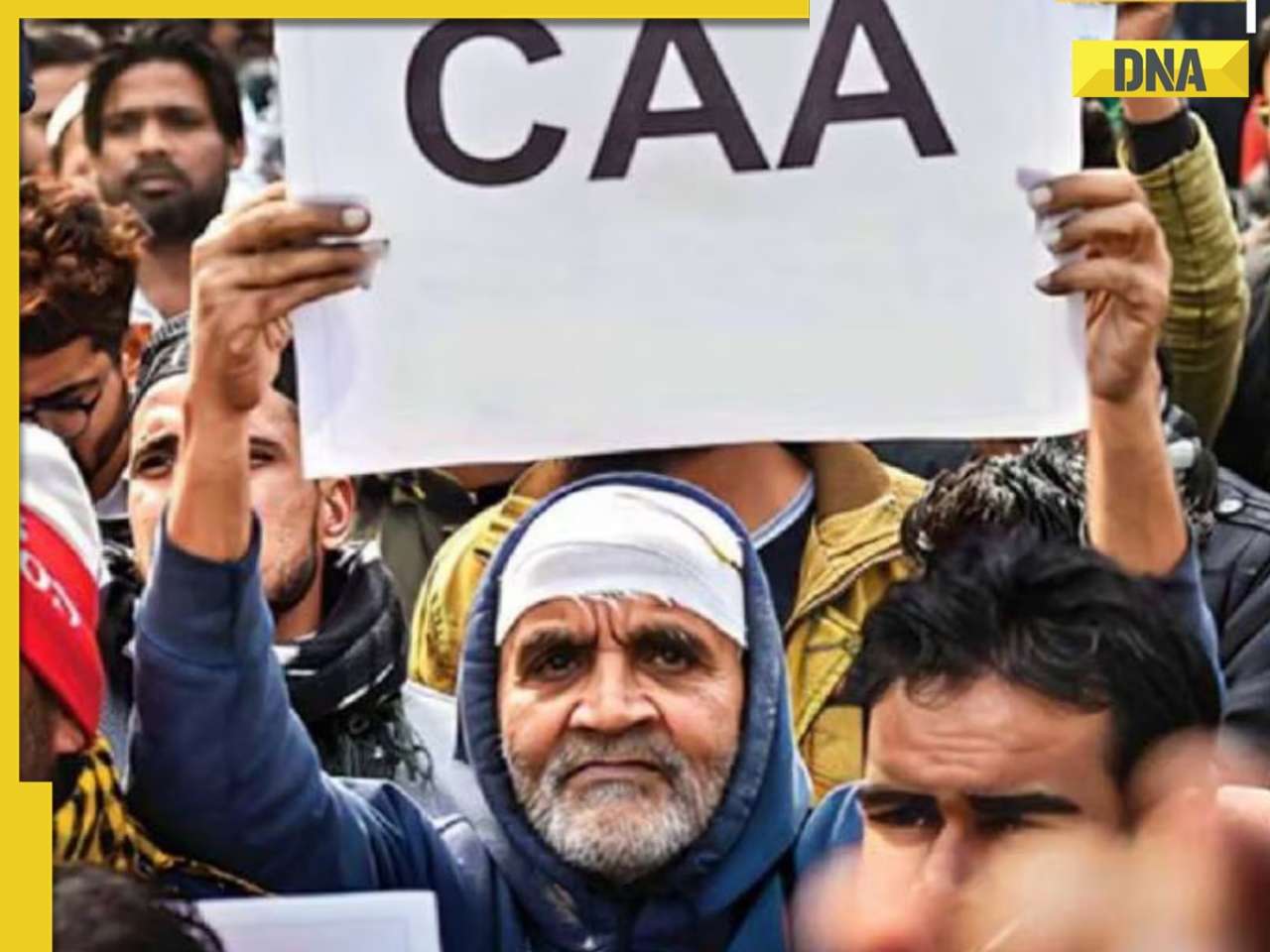
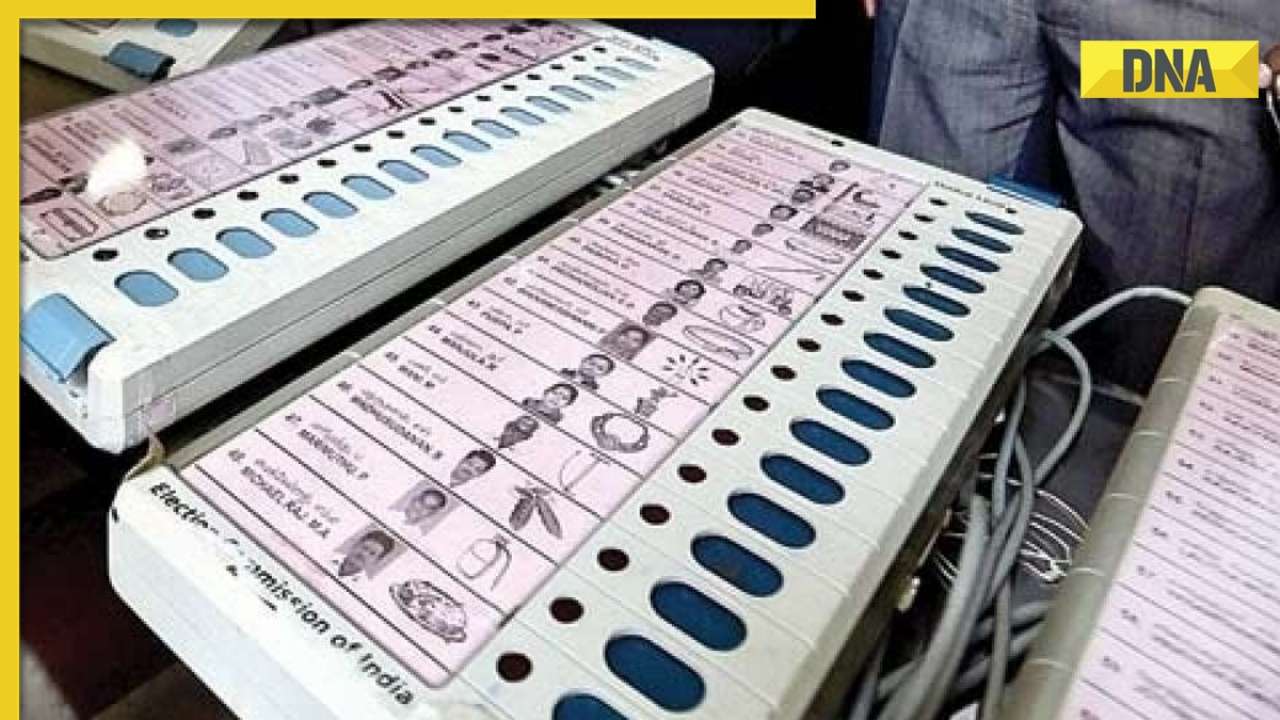

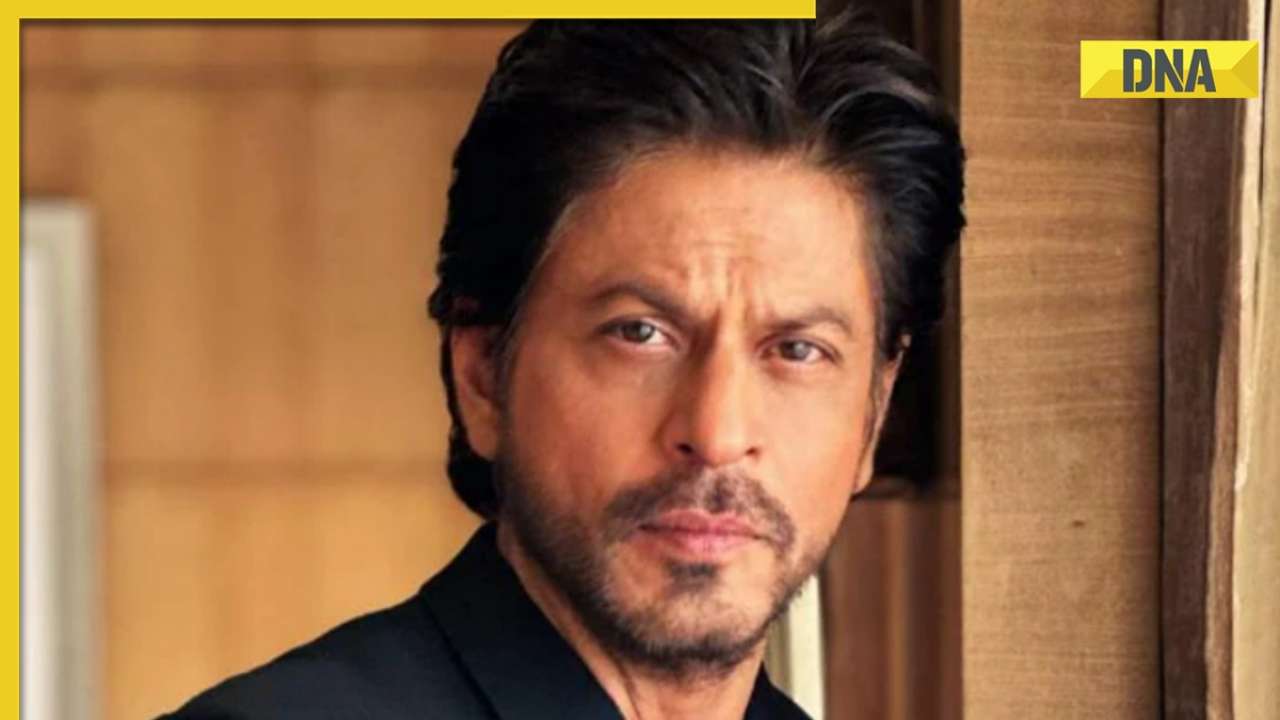








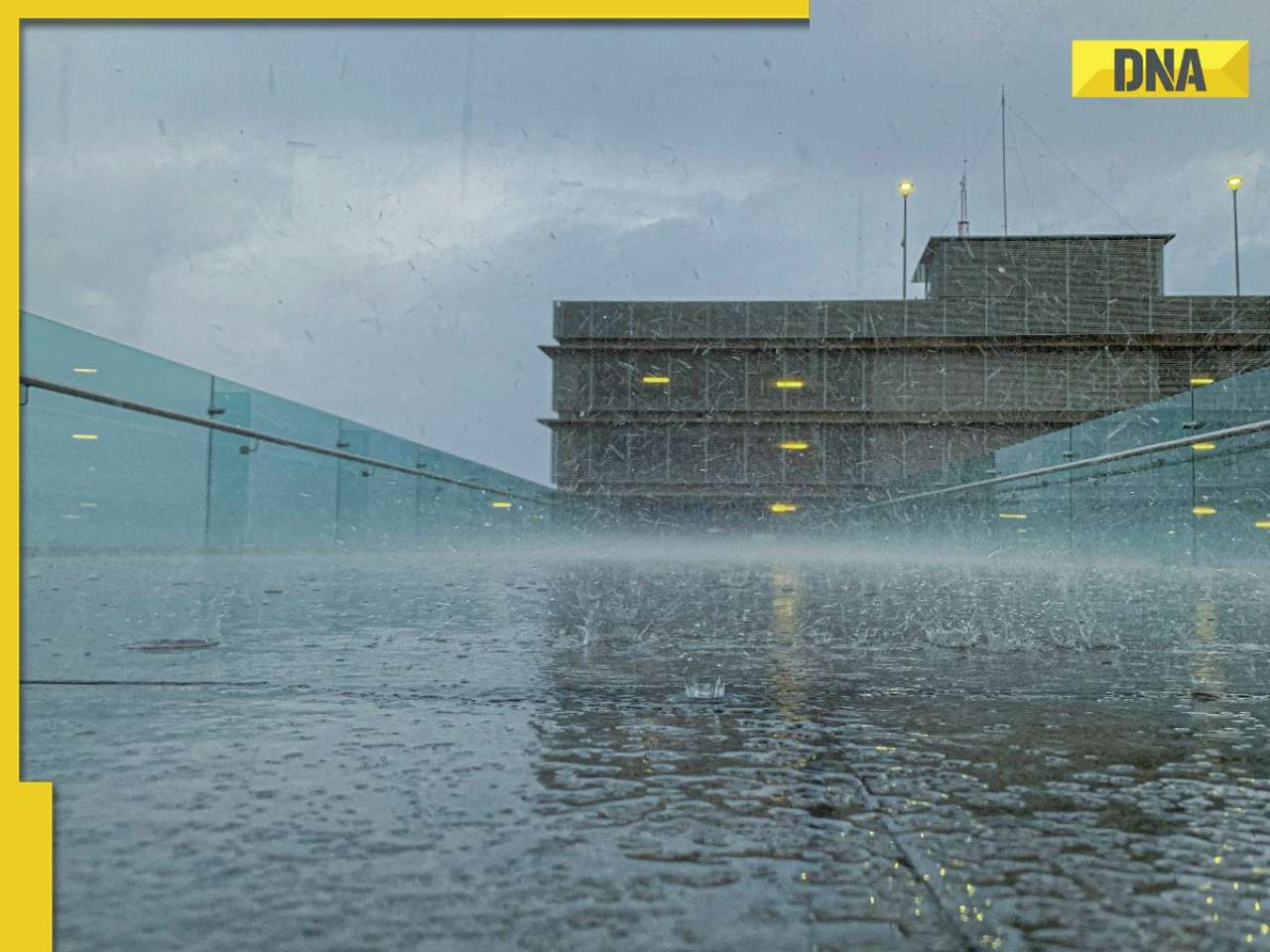
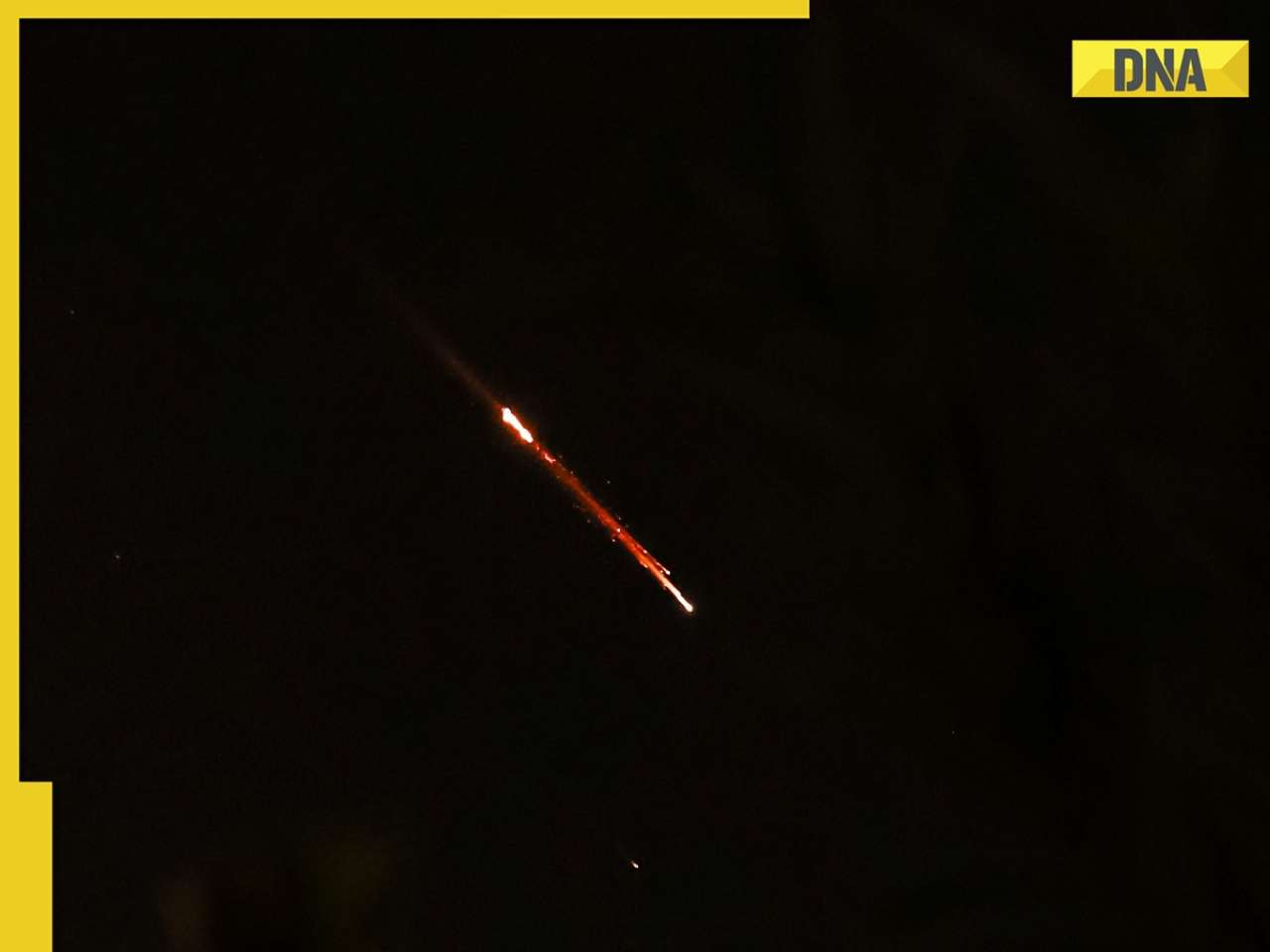
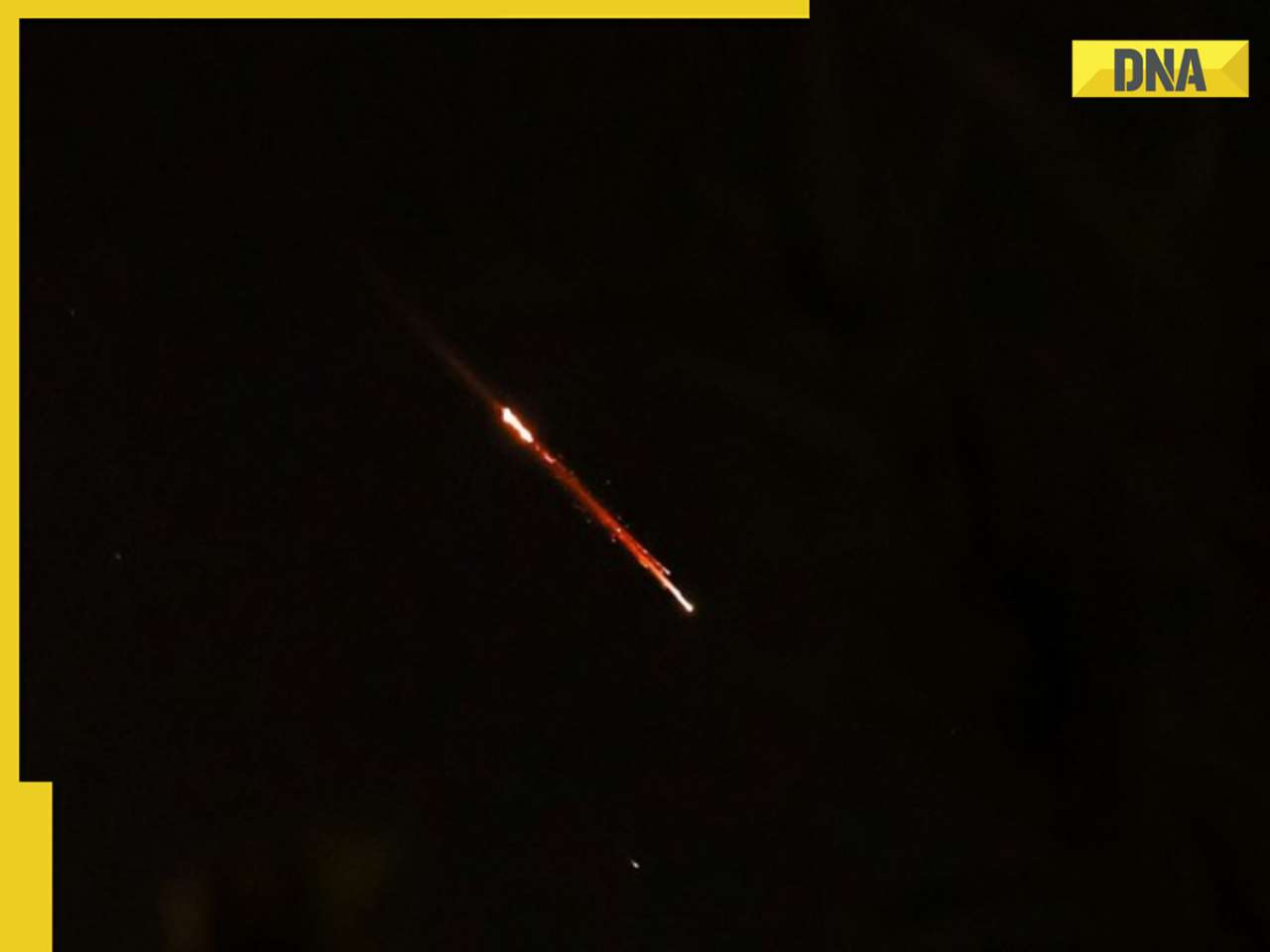



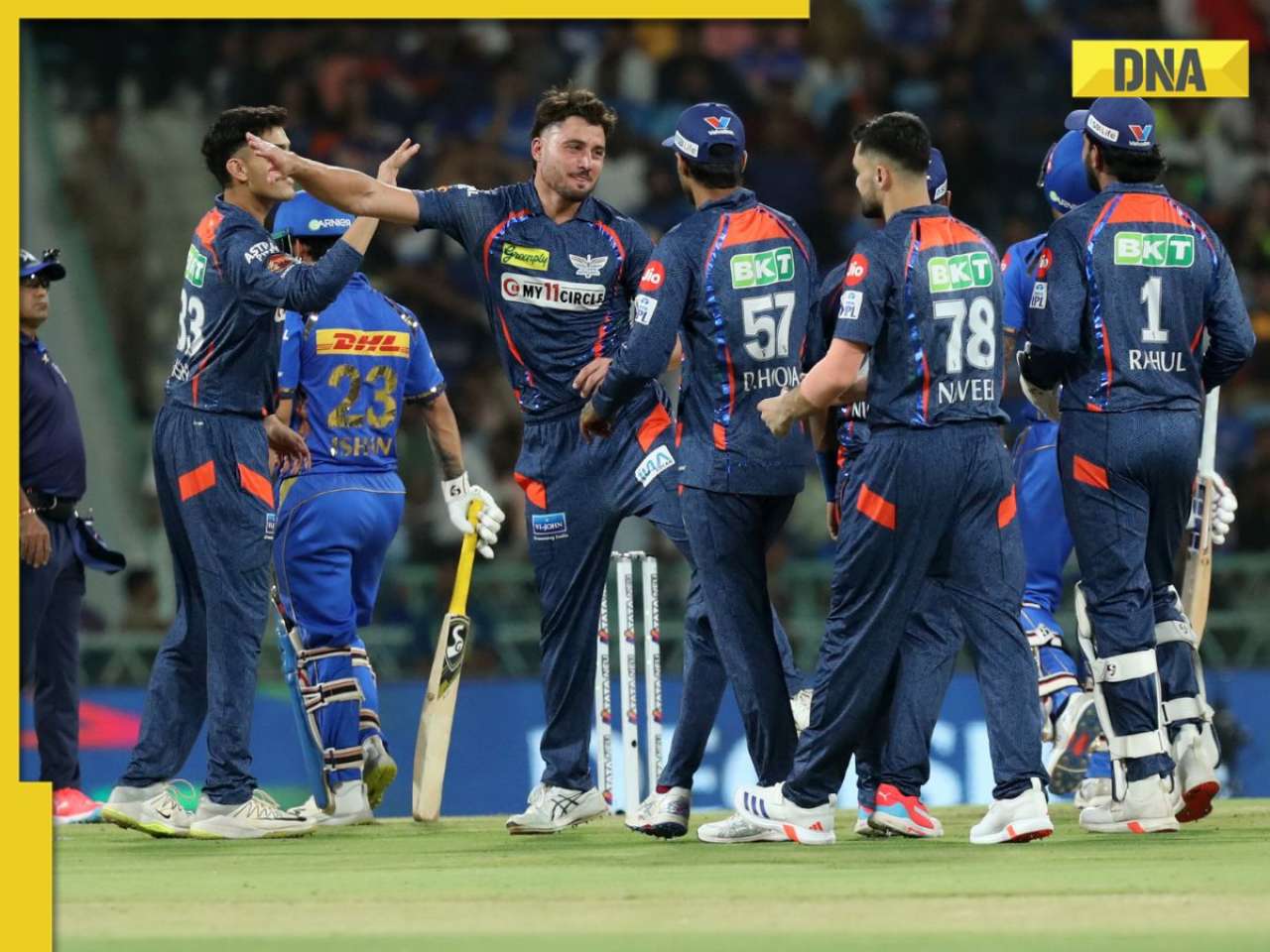
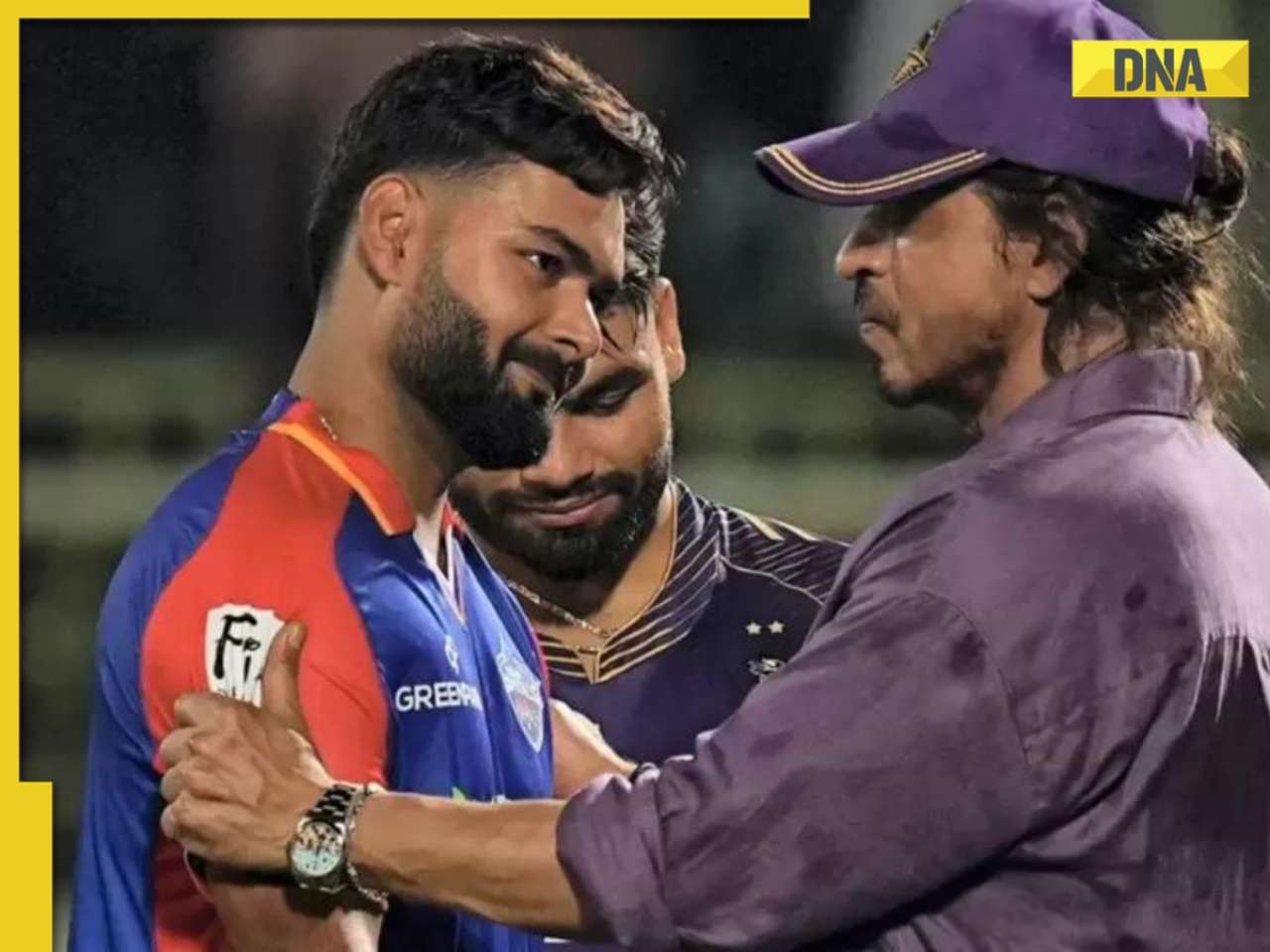


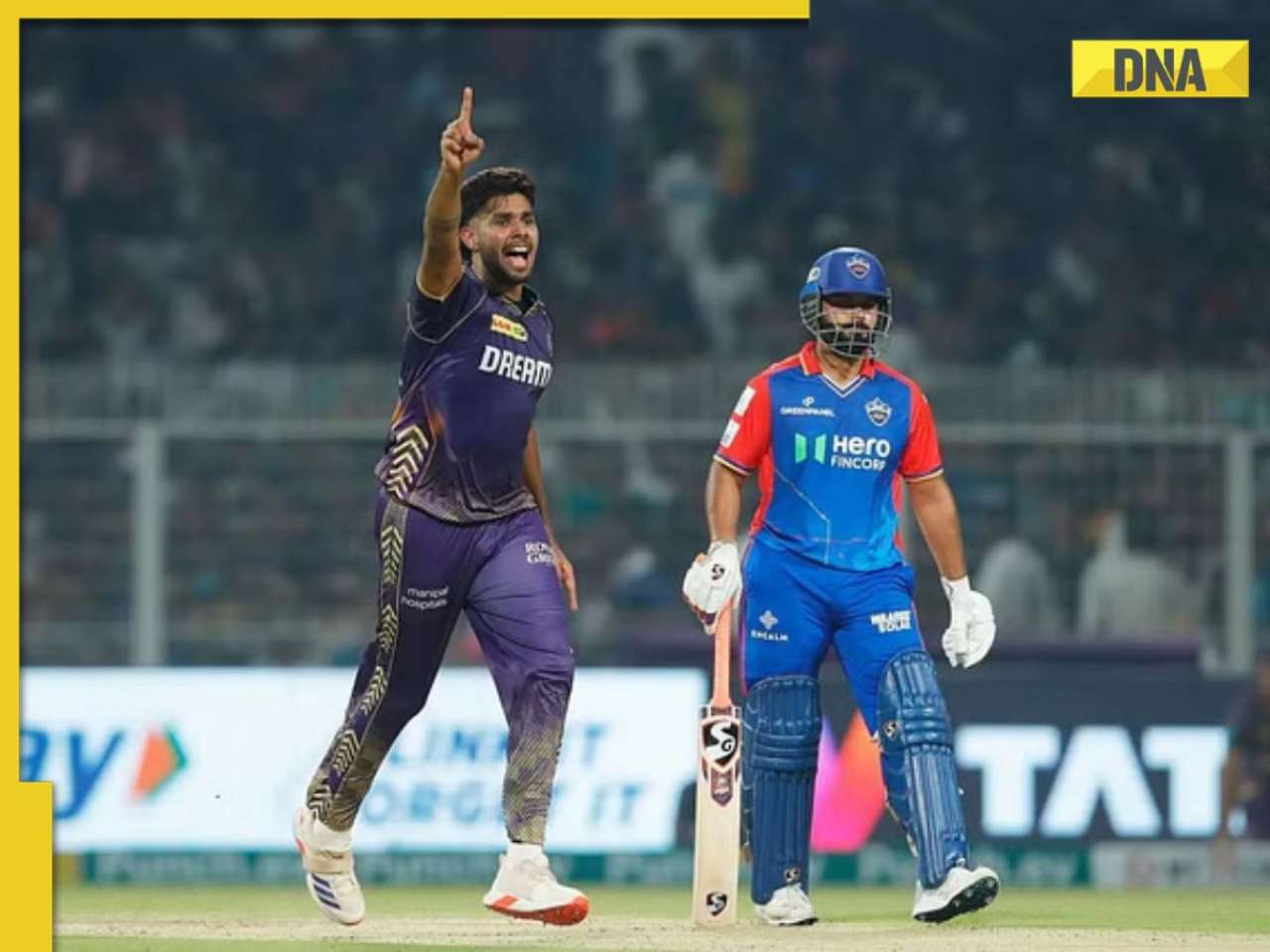


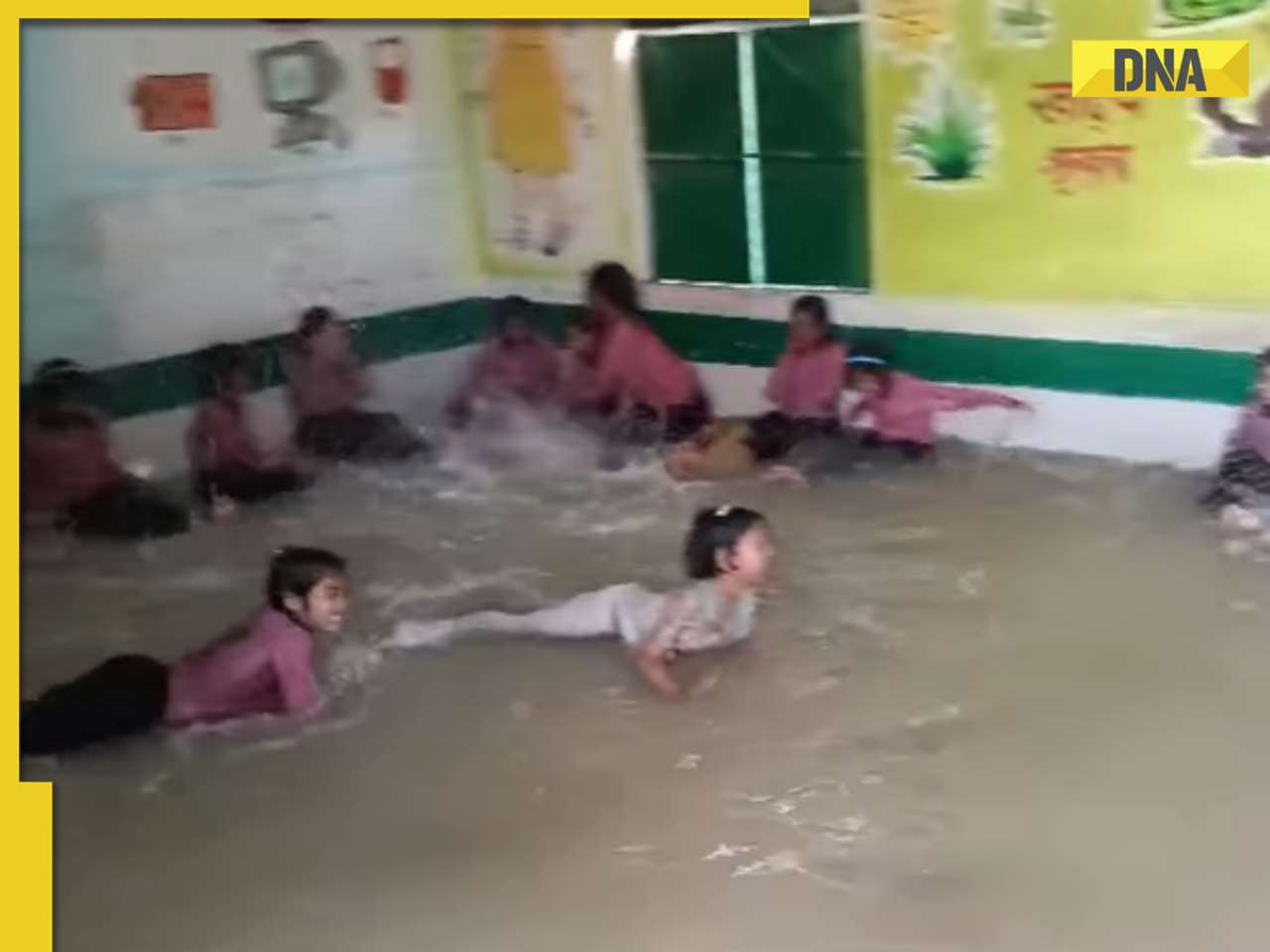


)




)
)
)
)
)
)